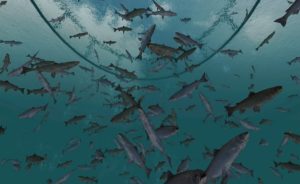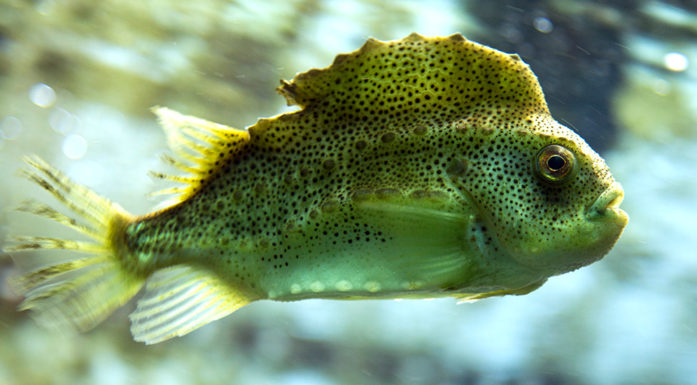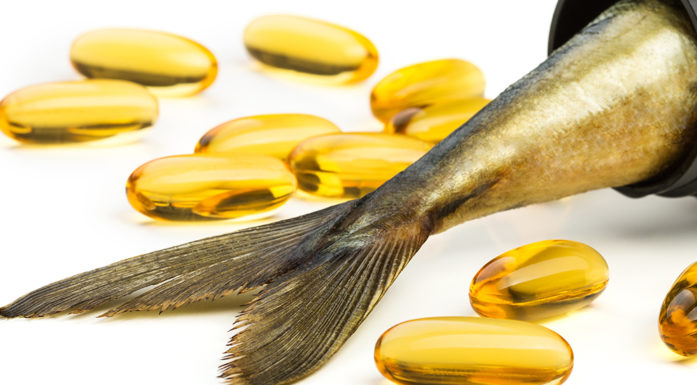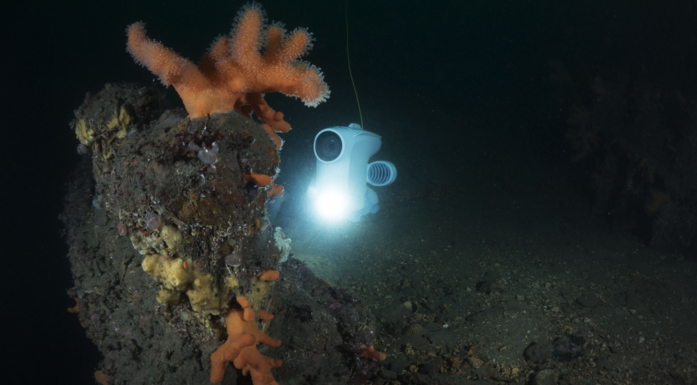Jump in the sea and swim with salmon
With the help of new 3-D technology, you can dive underwater and swim with farmed salmon.
SALMON FARMING: Have you ever wondered what it would be like to jump into a salmon pen and see the fish swim around you? Now you can, without ever having to don diving gear or even get wet.
NTNU has recently developed an aquaculture simulator that allows you to virtually visit a fish farm. The project is being undertaken in collaboration with Måsøval salmon farms in Frøya, Sør-Trøndelag.
“This technology might help create interest in aquaculture in the younger generation,” says Ekaterina Prasolova-Førland at the Faculty of Social Sciences and Technology Management.
Oculus Rift
The program uses Oculus Rift 3D-goggles, where you can look around a virtual reality just by turning your head, and carry out different actions using a video game controller. Several large companies are investing in this type of technology.
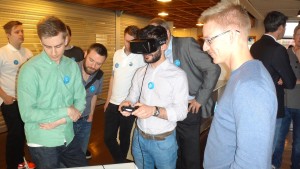
The fish farm simulator was tested during Ocean Week in Trondheim. Photo: Ekaterina Prasolova-Førland/NTNU
The virtual salmon farm simulator was presented during Ocean Week in Trondheim in the beginning of May. Master’s student Anders Bøe is behind the program.
“We’ve also presented the simulator during an open day at NTNU, at the tourist information office, at the science centre and the salmon festival in Frøya. We’ve gotten a lot of positive feedback,” says Prasolova-Førland.
- You might also like: Tailor-made for the aquaculture sector
Intended to create interest
Monicha Seternes from Måsøval fish farming industries has spend the past few days presenting the simulator to children on Frøya. It has been a great success, and feedback from the participants has been important to continuing development of the simulator.
“We’re working on establishing a centre around the simulator on Frøya, and have ambitions to develop Norway’s first aquaculture simulator for breeding,” says Seternes, who is head of Environment and Development at Måsøval. “Combined with an actual visit to a fish farm, a similator like this will make it possible to experience a breeding cycle that usually takes 14-22 months in about 45 minutes. This is unique, and will give visitors a completely different view of our work than just a visit to a farm would.”
The simulator is just the beginning, the researchers say.
“This program is intended as a tool to promote the Norwegian fish farming industry. We imagine that this simulator, which call the ‘mini-simulator’ will help with recruiting and building expertise, and make the audience curious enough to want to know more about this fantastic industry that we are a part of,” Seternes said.
“The reaction from the kids is unequivocal— getting farming presented like a game is exciting, and we see other uses for technology like this in the future.”
- You might also like: Turning humble seaweed into biofuel
Ski jumping, virtual nursing and emergency evacuations
Prasolova-Førland and the master’s students that she supervises at NTNU are working on other simulators for areas on land, at sea and in the air. One of their projects is a simulator for training acute care nurses. Gemini has previously written about this training programme.
Another simulator shows how grid cells in the brain activate when we move, and a third is a model of NTNU and Trondheim. In a virtual government office, you can practice fire evacuation scenarios.
The researchers also recently created a virtual model of Granåsen, a ski jumping hill in Trondheim, so you can try ski jumping with no significant risk of falling and breaking a leg.
